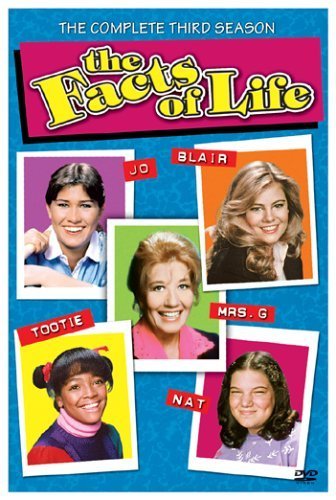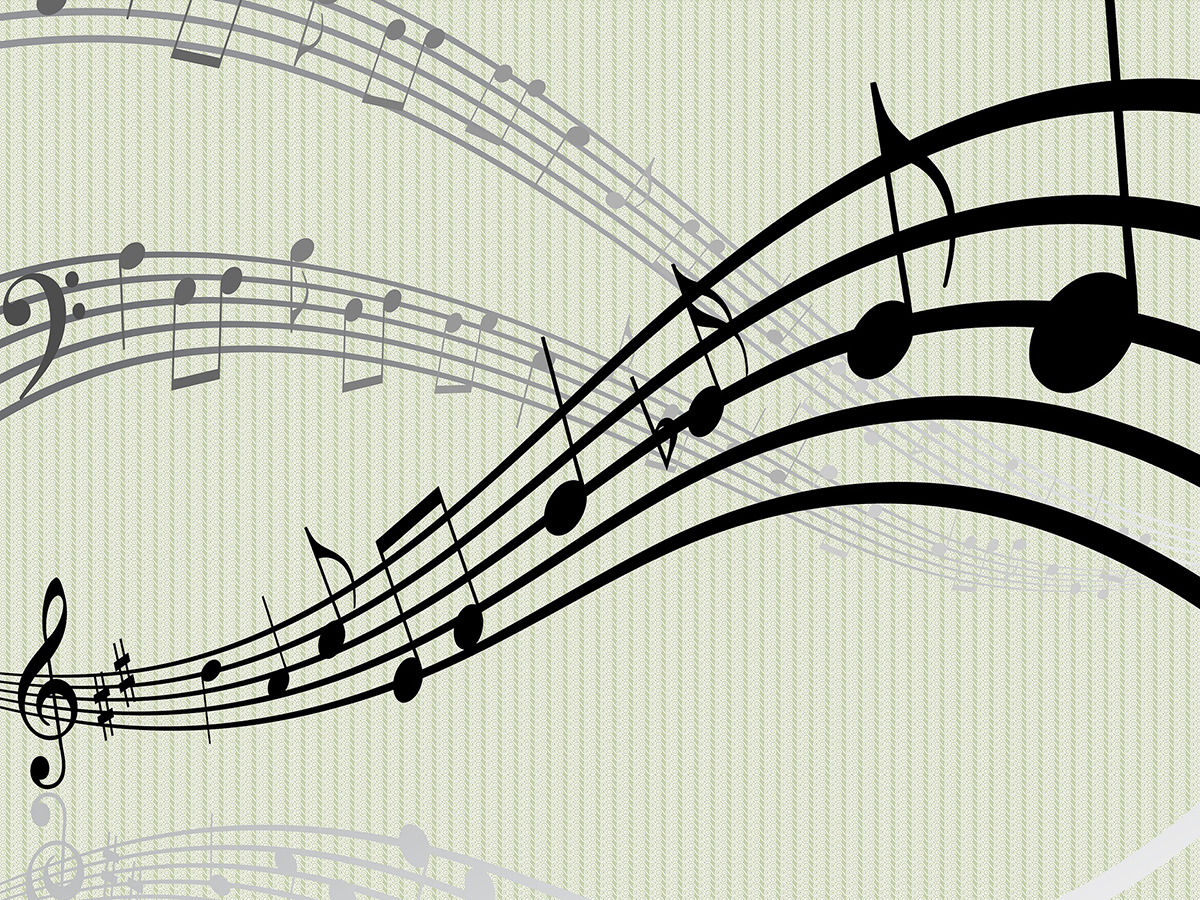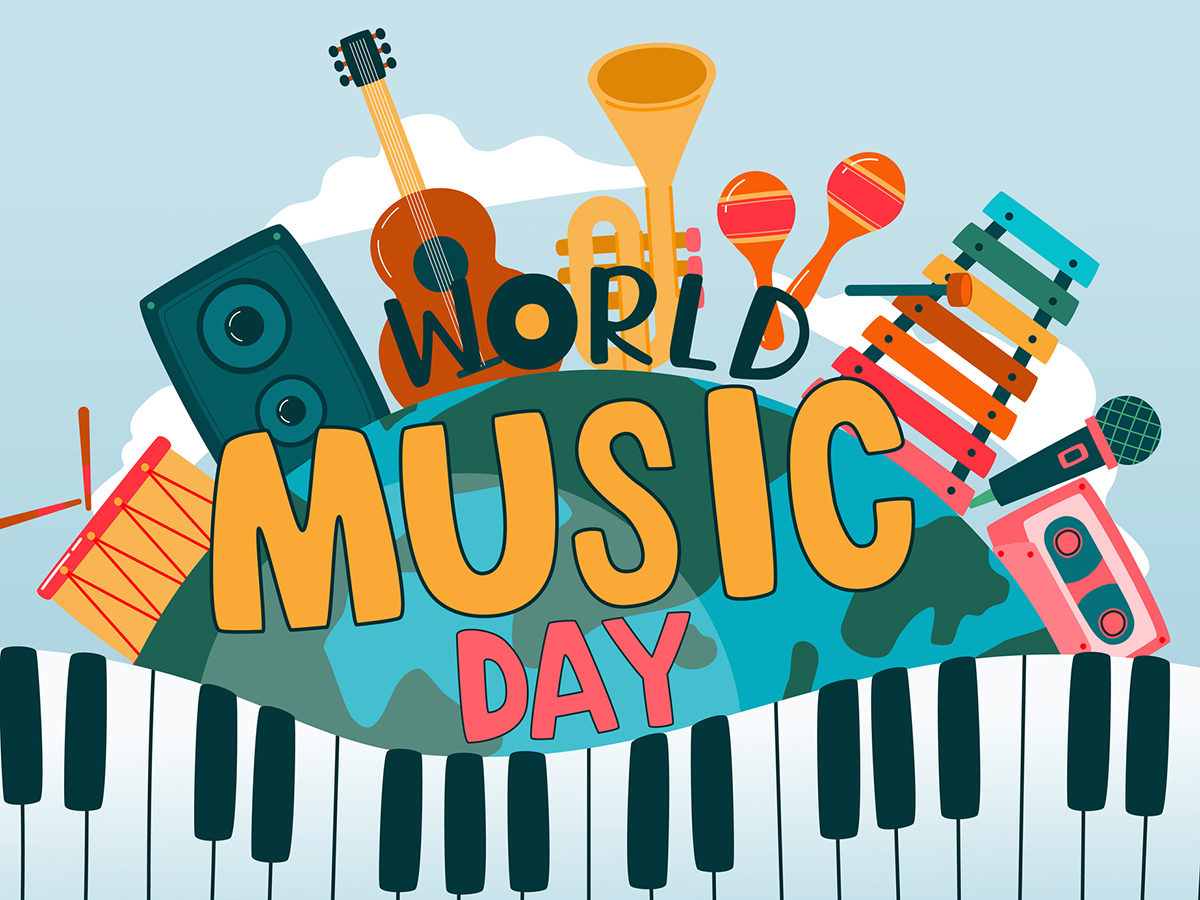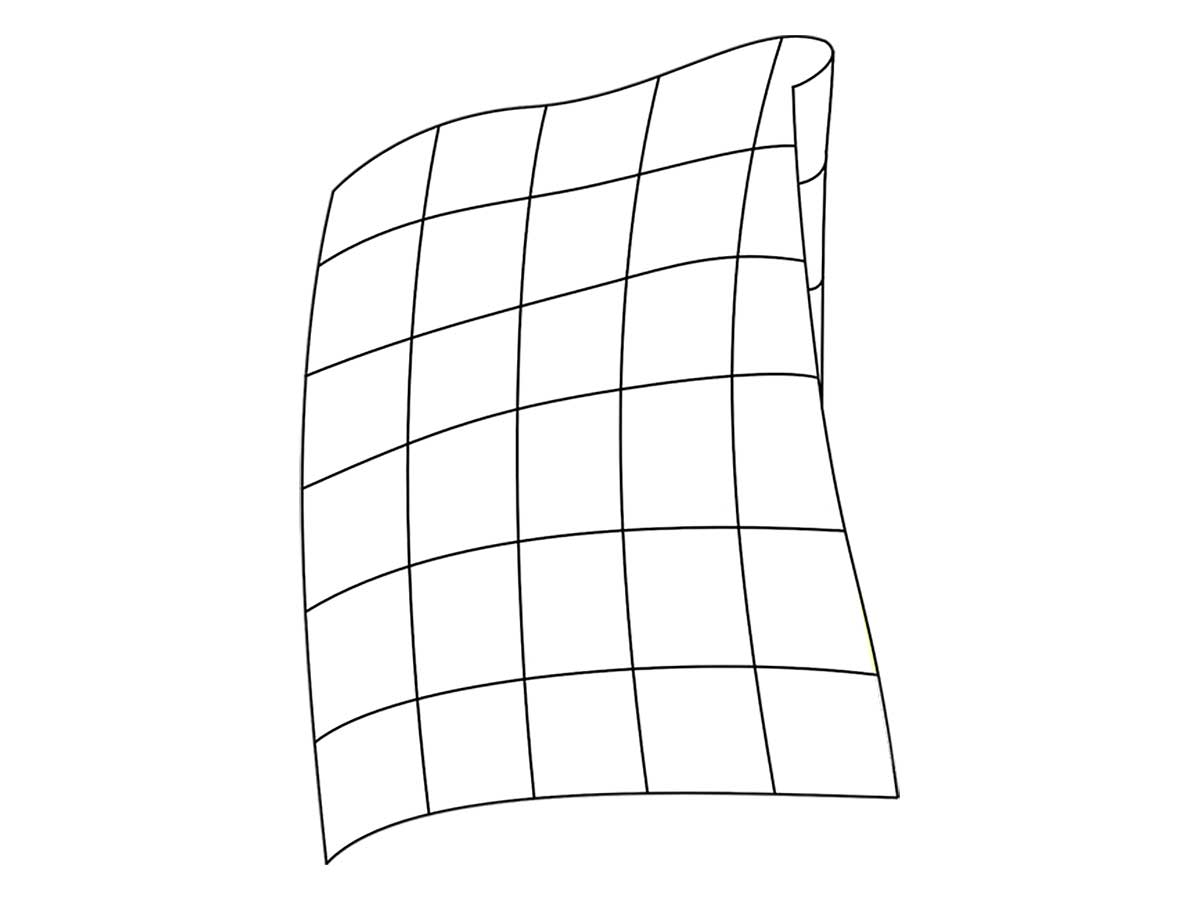
April 7, 2020
If you missed my last blog, I’ve been taking the online Watercolor 101 class from Universal Class! Read my previous post to get a good overview of the course. Last time, I briefly mentioned supplies, but I thought I’d take a deeper dive into that topic for this post!
So, what are the essential tools for painting with watercolors? You only really need three basic things: brushes, paint, and paper. However, there are a multitude of selections within each of those categories to choose from.
Brushes
How many different kinds of watercolor brushes could there be? A LOT. There are many general types of shapes: round, flat, fan, mop, wash, rigger, and on and on. That’s to say nothing of the different kinds of sizes and materials they were made of (synthetic bristles vs. natural animal hair bristles).
But the most common types of brushes used are the round and the flat. A round brush is one where the bristles come gently to a point—kind of like how a pen or a pencil comes to a point. They are extremely versatile, and you can paint almost any sort of painting with just a round brush. The other common type of brush is called a flat brush. These are great for covering larger areas with paint and for painting things that are more angular.
Paint
I’ve already talked about the differences between professional and student-grade paints. The range of colors you can choose from is also vast. Yellow isn’t just yellow. Red isn’t just red.
One of the most important things to remember about watercolors is that when they dry, they are almost always a lighter shade than when they were wet. This means you may have to add more color later if you didn’t add enough the first time. But even that is risky because when you add more color, you risk lifting up or erasing the color that was there before. You really need to plan out your paintings before you start.
Paper
In addition to the differences in paper texture, there are also levels of quality with watercolor paper. First is the “weight” of the paper—90 lb., 140 lb., and 300 lb. In this case, “weight” means the “pound per ream” and refers to the thickness of the paper. Generally, anything 140 lbs. and above is suitable for watercolors because they can withstand being soaked. Paper can even be made with different materials: wood pulp, cotton, a mixture of wood pulp and cotton, and even bamboo! The highest quality of paper is made with 100 percent cotton.
There are endless combinations to customize your artistic set-up. Whatever supplies you choose to use, great art is right at your fingertips with help and guidance from Universal Class! Enroll in Watercolor 101 or other creative courses today!
Barbara Jo
Electronic Resources Department
Read Similar Blogs:
Arts Instruction
Entertainment
Self-Development







